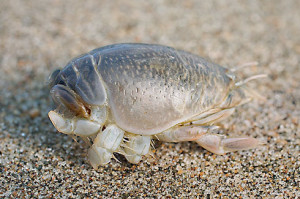 by Brian, Somari, and Charles
by Brian, Somari, and Charles
Bishop O’Dowd High School
Have you ever looked down while at the beach, and seen tiny creatures rolling around, and live in the sand? These tiny creatures are called sand crabs and they are quite paramount to their ecosystem. You may be wondering why sand crabs are so important and it is because they are prey for many animals such as shorebirds and fish. As a species, they can determine whether or not the ecosystem will be healthy. sand crabs make up 80-90% of the intertidal invertebrate biomass. Males and females vary in sizes but the females tend to be larger.
Sand Crabs generally mate in the Summer and Spring. A female sand crab produces as many as 45,000 eggs, and carries them for 30 days, until they hatch. Sand crabs can reproduce during the first year of their life, if the water temperature is right, and they live for two to three years.
Their size and frequency of males vs females matter to us as humans because then we can monitor their population. The sand crabs are important to the beach and we need to make sure they are thriving. We can do this by monitoring their size, and growth of population. We can also monitor the ratio of males vs females and predict the population growth of the future generation. The ratio of males to females is 1:1 which is a safe ratio. It is safe because every male and female have a chance to mate and pass on their DNA. Sometimes for other species the males or females are more valuable prey but this is not the case for this species.
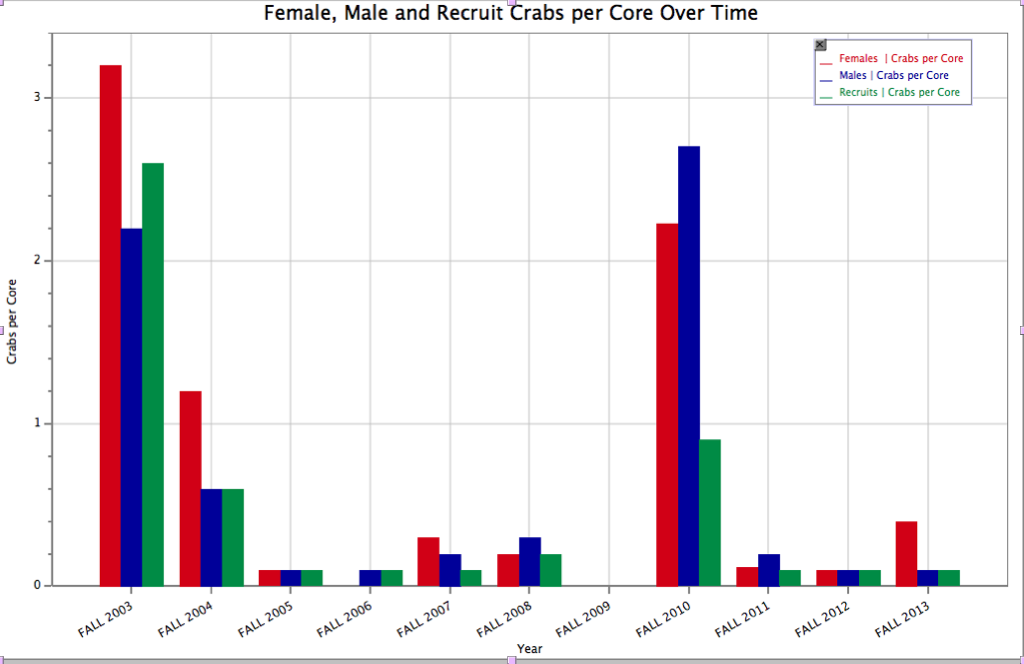
The graph shows how many male, female and recruit crabs were found at Ocean Beach. In the fall of 2003 there were about 3.2 female sand crabs per core, 2.2 male crabs per core, and about 2.6 recruits per core. For the next 6 years, the population fell and stayed at about 0.2 crabs per core for males, females, and recruits. The fall of 2010 the population spiked back up and there was 2.2 female crabs per core, 2.6 male crabs per core, and about 2.8 recruits per core. The population then fell back down until 2013.
Over the years the ratio of males vs females has evened out 1:1, because, as the graph shows, the numbers of males, females, and recruits is very inconsistent and there is no pattern. Since males are smaller than females, some biologists believe that females live for longer periods of times. They believe that males have the potential to grow large like the females because they have seen some large males, but they die too early to get there. They believe that the reason females are so much larger is because the males die young and the females have more time to grow. Hopefully you learned something about these little crabs and have an itch for them.


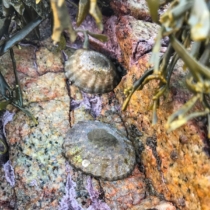
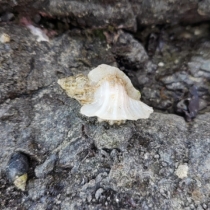


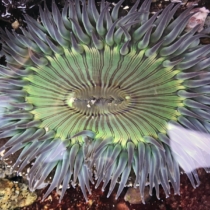
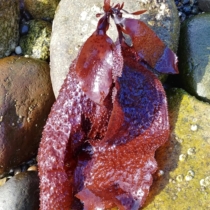
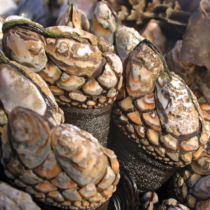
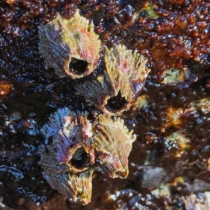
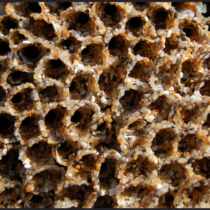

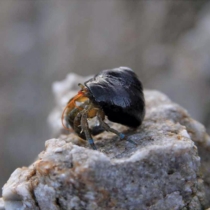
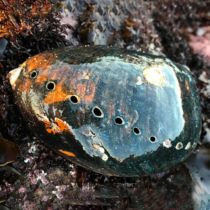
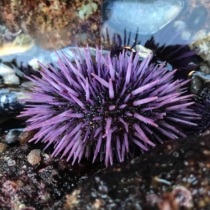
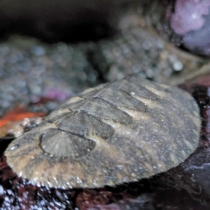
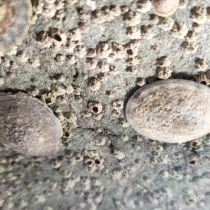
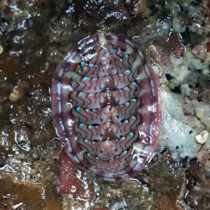
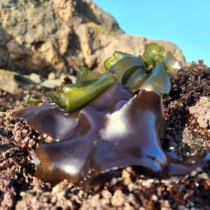
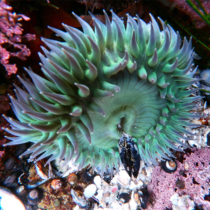
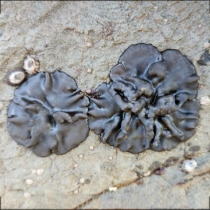

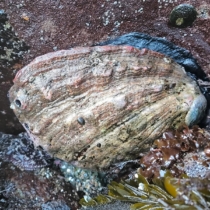
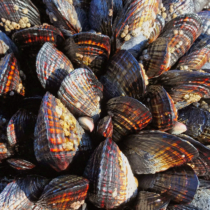
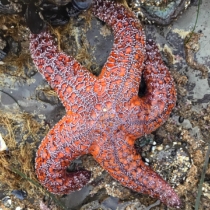
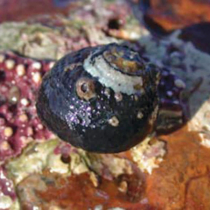

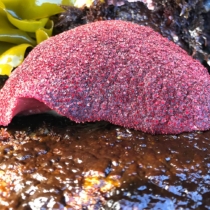
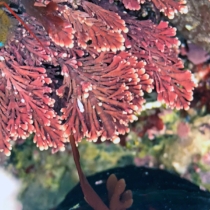
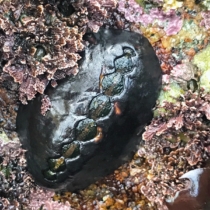
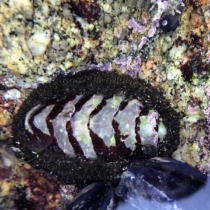

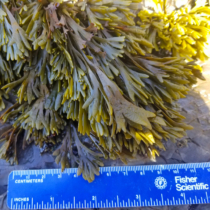

I liked your article/blog. Research like yours is so essential for all of the world’s population. We sometimes lose sight of how important the ocean is now and in the future. Stay with your excitement and enthusiasm for ocean science!
I liked your blog comical title and leaned a lot! I thought it was interesting that females lay 45,000 eggs and carry them for 30 days until they hatch. This makes sense because in general the smaller the organism, the shorter gustation period and more offspring are produced. Another interesting part of your blog was the data you collected on male to female sand crab ratio. It was surprising to me that the population was able to recover to a safe 1:1 ratio over a short period of time. Your graph really helped to solidify your point and was very well made. I am very impressed with the quality of research and effort put into your blog. Great job!
I really liked your article, comical title, and blog content. Since my blog topic was Oil Spills my group did not closely examine the male to female ratio as yours did, so I learned a lot from reading this. It makes sense that a female sand crab produces about 45,000 eggs and carries them for 30 days because generally, smaller animals tend to have a greater amount of offspring and short gestation period. It was very interesting that the sand crab population quickly recovered from its unnatural male to female ratio to the safe 1:1 ratio. This research is clearly expressed in the graph, making your argument much easier to understand. Great blog!